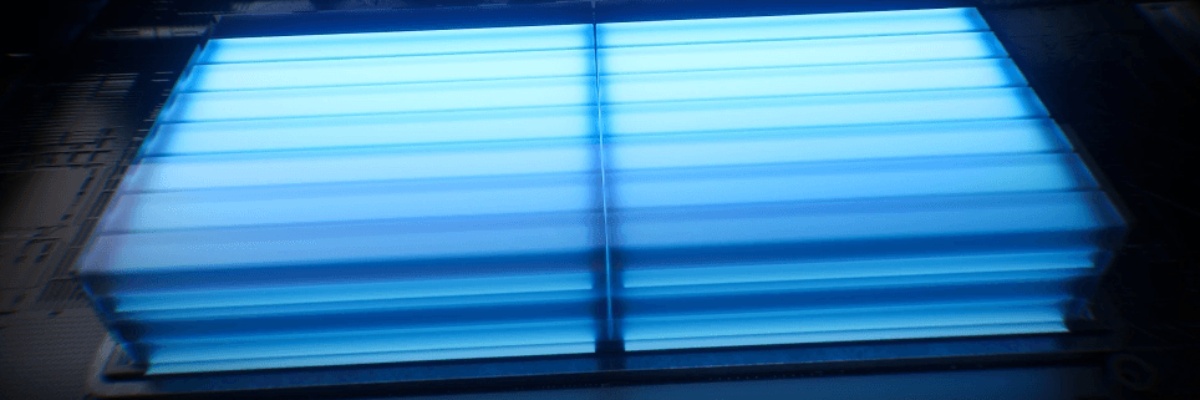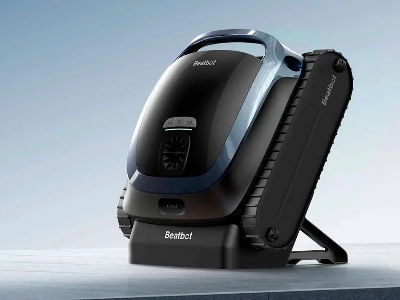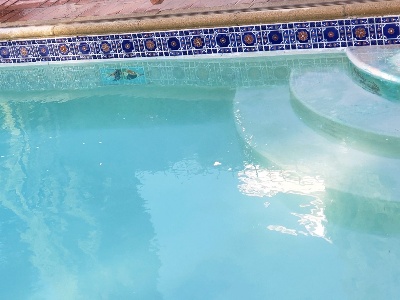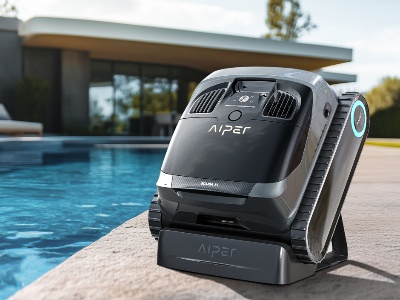You invested in a wireless pool cleaner to save time... but now it doesn't hold a charge as long as it used to. Whether it is a Beatbot AquaSense, Dolphin Liberty from Maytronics, Aiper Seagull, Zodiac Vortex or Hayward AquaVac, all autonomous robots can see their autonomy decrease over time or with heavy use. This phenomenon is not inevitable. There are specific causes for this loss of performance, which are often avoidable, along with simple solutions to correct or prevent them. Let's explore together why your robot runs out of power quickly... and how to restore its full performance.
Intensive use or use outside optimal conditions
One of the most common factors causing a battery to drain too quickly is simply too intensive use or use in conditions that are not optimal. If your pool is very dirty (after a storm, a long period without cleaning, or at the start of the season), your robot will use much more energy to vacuum, brush, and manoeuvre. The result: its battery drains much faster than during a normal maintenance cycle. Similarly, a pool with a complex shape, numerous obstacles (stairs, nooks, corners) or a steep slope will require the robot to work harder by repeatedly changing direction and repositioning. These repeated efforts put extra strain on the motors, leading to a noticeable reduction in battery life. Ideally, you should clean your pool regularly and adjust the robot's operating mode to the level of dirt.
Aging or poorly maintained battery
Like all rechargeable devices, pool robots are equipped with lithium-ion batteries that have a limited lifespan. On average, these batteries can withstand between 300 and 500 charge/discharge cycles before losing capacity. If your robot is more than two seasons old, or if it has been left unused for a long period without recharging, the battery may start to wear out.
To prolong battery life, follow these good practices:
- Recharge after each use, even if some power remains.
- Avoid leaving the battery completely discharged for too long.
- Store the robot away from extreme temperatures (frost or excessive heat).
If, despite these measures, the battery life drops significantly, it may be time to consider replacing the battery – a procedure available on many models such as the
Beatbot AquaSense Pro or the
Dolphin Liberty 400.
Temperature and environmental factors
Ambient temperature directly affects lithium-ion battery performance. Using your robot in very high heat or in very cold water (below 15°C) can lead to temporary loss of autonomy. The robot may need to slow down or work harder to prevent overheating. Some models, like the
AquaSense Ultra from
Beatbot, have built-in thermal sensors that adjust performance according to temperature to avoid power spikes. Nonetheless, extreme conditions can naturally reduce battery life. For optimal performance, operate your robot at moderate temperatures, ideally between 18°C and 32°C.
Dirty filters and brushes = overconsumption
A clogged filter or brushes covered in debris force the motor to work harder to maintain suction, which in turn consumes more battery power. It is essential to clean filters and brushes after each use. This takes only a few minutes but can greatly extend the battery’s runtime.
Improper settings
Many modern pool robots offer various cycle settings, including "Turbo" modes for very dirty pools. Although useful, these high-power modes consume significantly more energy. It is important to adjust settings according to actual needs: for routine maintenance, a standard or eco mode will be sufficient. Models like the
AquaSense 2 Ultra feature a smart ECO mode that automatically adjusts cleaning duration to the pool's condition, thus optimising battery usage. Additionally, using a mobile app to adjust cycles can help avoid unnecessary battery drain.
Choosing the right robot for your pool
Not all pool robots are suitable for all pools. A compact robot designed for a 15 m² above-ground pool may struggle to efficiently cover a large in-ground pool with complex features. In such cases, the battery will drain faster due to repeated movements. If a new battery does not solve the issue, you might need a model with greater power or endurance, such as the
Beatbot AquaSense Ultra or the
Hayward AquaVac 650, which are designed for larger pools with optimised cycles and reinforced batteries.
Good practices to extend battery life
In most cases, rapid battery drain is due to poor maintenance, unsuitable settings or overuse. By cleaning filters regularly, using appropriate cycles, and storing your robot correctly after use, you can significantly extend its battery life. Models like the
Beatbot AquaSense Pro or
AquaSense 2 Ultra with their smart functions and economy modes help manage daily usage effectively. Moreover, complementing your pool maintenance with a solar surface cleaner like the
iSkim Ultra can reduce the workload on your main robot.







